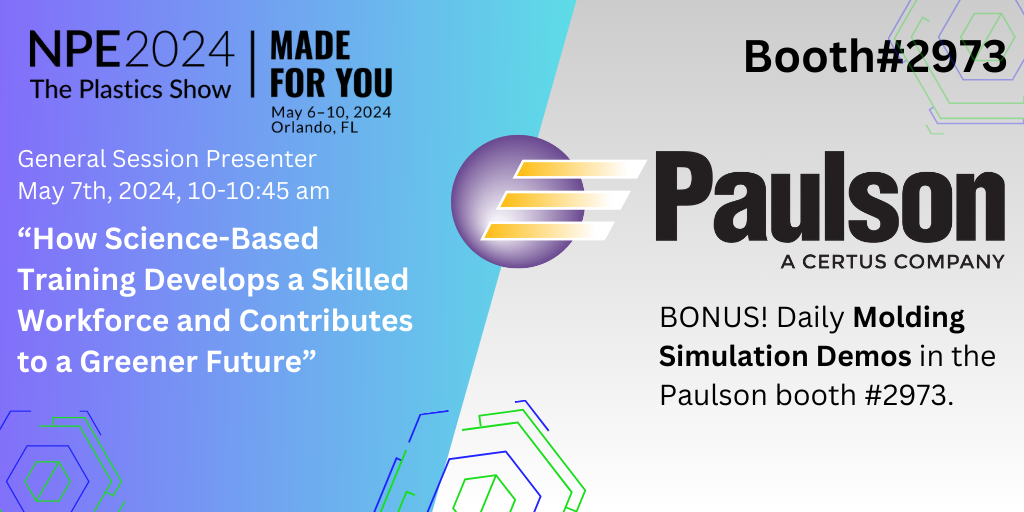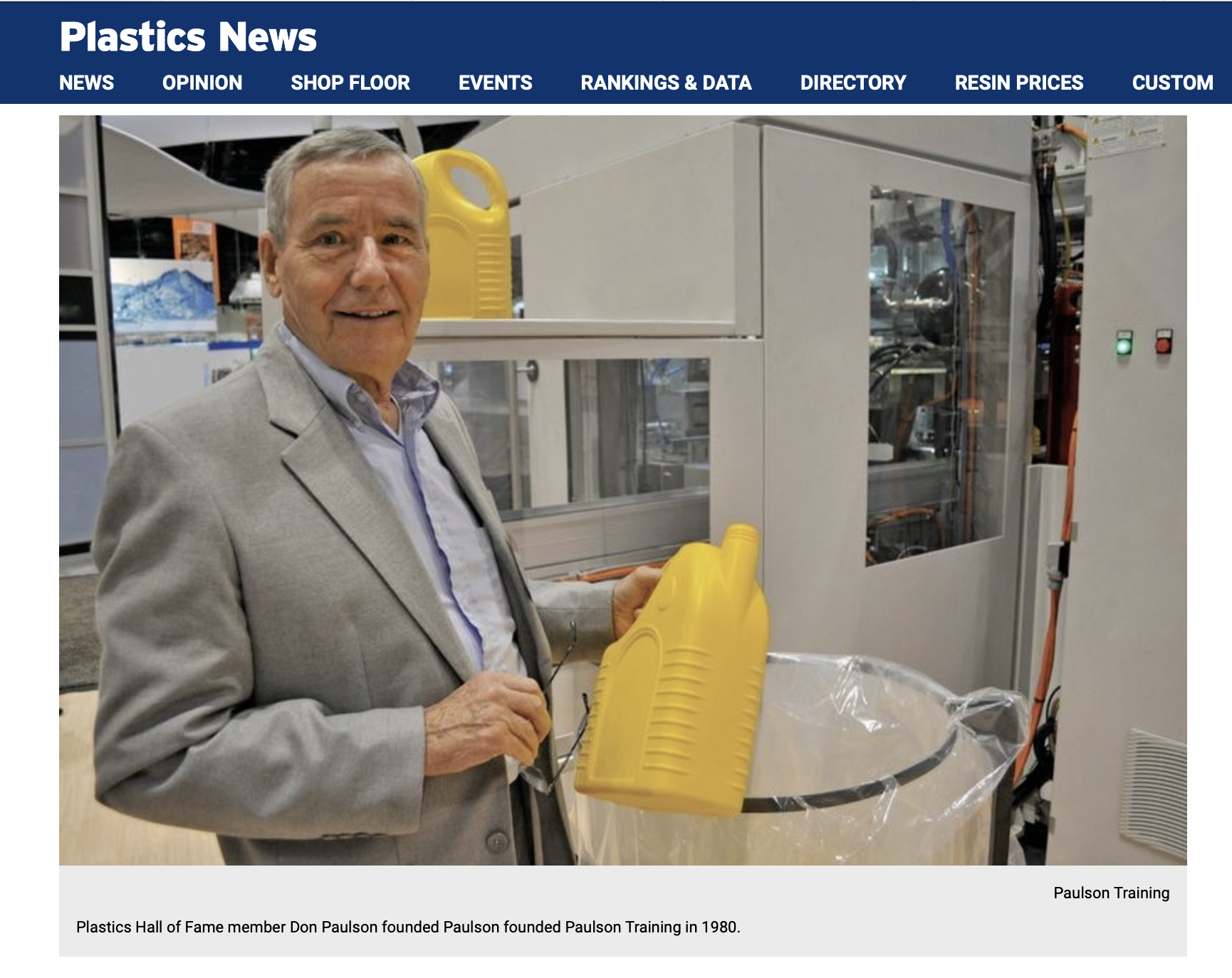If you want to learn how to cook, you go to the kitchen. If you want to learn to fix cars, you work on a real car. And who ever heard of taking swimming lessons in a classroom?
I hear and  I forget
I forget
I see and I remember
I do and I understand
– Confucius
This ancient Chinese proverb highlights the value of active participation in learning. Studies have shown that people remember 10 percent of what they read, 30 percent of what they hear, 50 percent of what they see, and 80 percent of what they do hands-on.
Hands-on means having students ‘manipulate’ the things they are studying, whether it is computer programming, plastics part design or, in the case of our industry, injection molding, extrusion, blow molding, thermoforming and other plastics manufacturing processes.
While the concept of “hands-on” training is old, new research shows that it is particularly well suited for visual learners, slow readers and/or writers and non-native English speakers. Imagine trying to learn scientific injection molding from the plastics point of view using the 4 variables of heat, flow, pressure and cooling – by passively watching video or reading. At some point in the learning process, you have to “get your hands dirty”.
 The learning process is a personal experience unique to each individual.
The learning process is a personal experience unique to each individual.
As learners actively acquire information through their senses and relate that information to their experiences, they construct new knowledge. Because students create understandings in their own and diverse ways, instructors can facilitate learning by using a variety of multi-dimensional approaches and learners must be active participants in the learning experiences.
Of course people need a firm foundation in the basics of injection molding (or the other processes) before they will be ready for either operating a computer based simulator like SimTech or an actual molding machine. The key is that to really understand the effects of each machine control, you’ve got to work with the technology. And a huge plus for hands-on technical training with a simulator is that since you’re not operating an actual injection molding machine, you can’t break anything, you’re not using up valuable plastic material and you’re not using machine time. Also, you can run about10-20 cycles on a simulator in the same time it would take to run one cycle on an actual molding machine.
Hands-on practice and experience develops confidence.
You can’t obtain that confidence solely by memorizing a book or even working with a good teacher in the classroom. But if you use an actual injection molding machine, extruder of blow molding machine in an environment where you’re encouraged to understand cause and effect, you will develop the real confidence and real skills needed to solve processing problems with the most economically efficient solutions. That level of expertise goes straight to the bottom line.

 The learning process is a personal experience unique to each individual.
The learning process is a personal experience unique to each individual.

